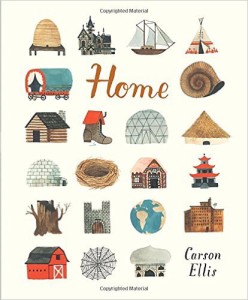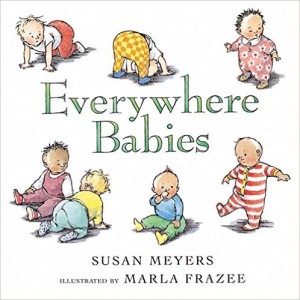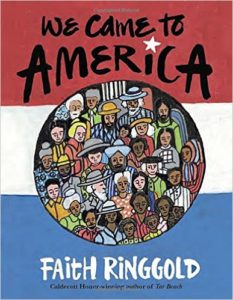 A refrain repeats throughout the picture book We Came to America : “We came to America, every color, race, and religion, from every country in the world.” Written by Faith Ringgold and illustrated in her signature style, this timely book reminds us that unless we are Native American all of our family lines began elsewhere. We are grafted into the dream of this country. Each of us yearns for the fruits of education, opportunity, upward mobility, and religious freedom. “In spite of where we come from…We are all Americans.”
A refrain repeats throughout the picture book We Came to America : “We came to America, every color, race, and religion, from every country in the world.” Written by Faith Ringgold and illustrated in her signature style, this timely book reminds us that unless we are Native American all of our family lines began elsewhere. We are grafted into the dream of this country. Each of us yearns for the fruits of education, opportunity, upward mobility, and religious freedom. “In spite of where we come from…We are all Americans.”
This is a good reminder to all readers, youth and adult, that we must stand up for the American ideal “Life, liberty and the pursuit of happiness.” Each of us must work to ensure that all Americans enjoy equal freedoms. Equality is a group endeavor.

AQ Lens: Kids who have been adopted internationally may especially appreciate this retelling of the universality of our nation’s immigrant roots. Starting a conversation on this topic would be easy.
Black, White, Just Right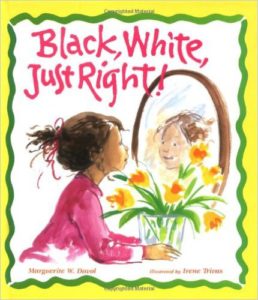 by Marguerite W. Davo introduces us to a multi-racial family; Mom is black and dad is white. Told through a young girl’s words, the reader learns various ways she is a blend of the differences between her parents: race, personality, size, music preferences, etc. For example, Dad’s got a taste for rap. Mom prefers ballet. Mom bustles. Dad strolls. Mom enjoys African art while dad likes Modern Art.
by Marguerite W. Davo introduces us to a multi-racial family; Mom is black and dad is white. Told through a young girl’s words, the reader learns various ways she is a blend of the differences between her parents: race, personality, size, music preferences, etc. For example, Dad’s got a taste for rap. Mom prefers ballet. Mom bustles. Dad strolls. Mom enjoys African art while dad likes Modern Art.
The little girl discovers that her preferences are a blend of both her parents; she’s able to appreciate her mixed heritage and select her own favorites. Her choices and she, herself, are all “Just right.”
This book offers a surface look at a biracial child’s experience and focuses only on the positive. It does not address some of the more challenging feelings and experiences which biracial children face as they learn how to parse their dual racial identity.

AQ Lens: For kids with a racially mixed heritage, parents might want to extend the conversation to explore the more challenging aspects that result from their diverse heritage. It is important to encourage children to voice the totality of their experiences and emotions and to avoid an exclusive focus on the positive.
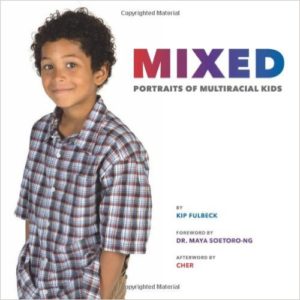
Mixed: Portraits of Multiracial Kids by Kip Fulbeck is a photo essay on the many “faces” of multiracial ethnicity. The author strove to offer kids a chance “to define themselves” in their photos. The book includes a few of the children’s written comments.
It also includes commentary from many parents which addresses their personal life experiences around their own racial mixtures and how they hope their children’s experiences will be better. Parents reveal memories of isolation, discrimination and being “othered.” They hope this book will support their children so they do not feel alone, diminished, discredited, or discriminated.
Author Kip Fulbeck wanted to advance the cultural conversation directed at people of mixed race beyond being perceived as exotic or aesthetically intriguing. He hoped to communicate one’s uniqueness as a person beyond skin color and yet still recognize that race is a constant. I think part of the value of this book lies in the broad array of racial mixtures among the featured children. Kids will enjoy searching for kindred spirits and will enjoy a sense that they are not the only one is racially mixed.

AQ Lens: Kids often believe that their personal experience defines the experiences of others. This book introduces them to a vast array of racial mixes and encourages thinking, wondering about the experience of these other children. Kids can enjoy browsing this book simply to “see” the faces of diversity.
They can also benefit from the potential conversations that it can open regarding both the gifts and challenges of a racially mixed heritage.
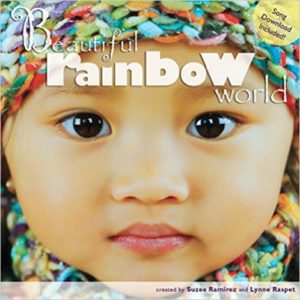
The dedication page of Beautiful Rainbow World by Suzee Ramirez and Lynn Raspet, includes this quote from Mister Rogers:
“We want to raise our children so that they can take a sense of pleasure in both their own heritage and the diversity of others” –Mister Rogers.
Infused with a sense of wonder and beauty for the diversity of people and places, this little book overflows with joy. It includes a free download for the song which provides the simple text. A visual delight, the book’s message is one which is important to repeat regularly. When we truly embrace this belief, the world will indeed be even more beautiful.

AQ Lens: The adoption-attuned value of this book is pretty similar to the previous book. This one is shorter and emphasizes the beauty of diversity of both people and places. It can trigger similar conversations about diversity, prejudice, standards of beauty, etc, all of which are important topics for adoptive families to hold on a regular basis. Kids need constant reassurance–by action and specific invitation–that all of their thoughts, emotions and experiences are valid, valuable and welcome.
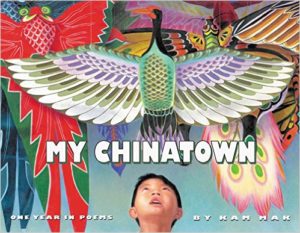
My Chinatown: A Year in Poems by Kam Mak will delight the eye and the ear. The imagery of the poems convey an appreciation for the energy and culture of Chinatown. Readers of any ethnicity will enjoy the boy’s stroll through the fascinating and exotic city. The homesick boy struggles to understand how he can live in America and still honor, appreciate and feel connected to his native home in Hong Kong. Chinese culture exists in Chinatown but its different from the way things are observed back “home” in Hong Kong. Any child who has ever moved, will identify with his longing for “home” and the security and familiarity it represents.
 AQ Lens: This book will resonate with internationally adopted kids via the boy’s sense of yearning for “home”–for the way it smells, looks, sounds, and the way things are done there. His struggle to feel at home in America will connect with that rootlessness that many adoptees feel, (even those who were adopted domestically.)
AQ Lens: This book will resonate with internationally adopted kids via the boy’s sense of yearning for “home”–for the way it smells, looks, sounds, and the way things are done there. His struggle to feel at home in America will connect with that rootlessness that many adoptees feel, (even those who were adopted domestically.)
Another “note” which will connect with many adoptees is that struggle to blend a dual heritage into a unified whole that results when valuing and merging both.
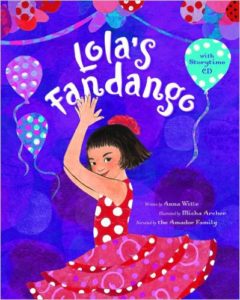 Lola’s Fandango by Anna Witte and illustrated by Micha Archer captures both a child’s struggle with sibling rivalry and a yearning to shine as well as a celebration of one’s culture. Lola idolizes her sister Clementina and is also jealous of her skills, talents and position in the family. She wonders how she will ever be able to compete.
Lola’s Fandango by Anna Witte and illustrated by Micha Archer captures both a child’s struggle with sibling rivalry and a yearning to shine as well as a celebration of one’s culture. Lola idolizes her sister Clementina and is also jealous of her skills, talents and position in the family. She wonders how she will ever be able to compete.
In a moment of mischief, Lola sneaks into her mother’s closet and discovers an old pair of Flamenco dancing shoes. The shoes prompt her curiosity. She learns that her mother had been a Flamenco dancer. Lola persuades her Papi to teach her how to dance.
She practices diligently and proudly surprises her Mami with her performance. Together they celebrate in Flamenco style. Bold illustrations exude energy and color and perfectly capture the zest of the Flamenco style. The rhythm of the language makes one want to snap fingers and tap feet.
One criticism: Lola throws a bit of a tantrum over her lack of a special dress to wear for her dance. Papi surprises her with the ruffled dress of her dreams. I wish the author had omitted Lola’s fit of pique and simply included Papi’s surprise as an acknowledgment of Lola’s efforts and interest in being like her Mami. Still, Lola’s Fandango is a charming read with a Latin flair.
 AQ Lens: This book celebrates a cultural tradition that is vibrant, connects through the generations and which brings joy to all. It presents a great opportunity to talk about whatever traditions are in an adopted child’s history as well as in the adoptive families. Perhaps it might start a family activity inspired by an interest in recapturing and honoring one’s cultural traditions.
AQ Lens: This book celebrates a cultural tradition that is vibrant, connects through the generations and which brings joy to all. It presents a great opportunity to talk about whatever traditions are in an adopted child’s history as well as in the adoptive families. Perhaps it might start a family activity inspired by an interest in recapturing and honoring one’s cultural traditions.
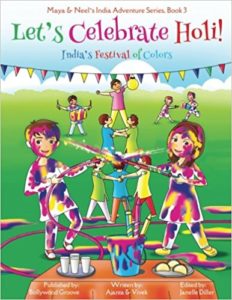 Children love festivals and celebrations–don’t we all!
Children love festivals and celebrations–don’t we all!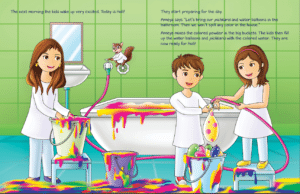 In this book (the third in the series) Maya and her brother Neel visit relatives in India. Their arrival coincides with the festival of Holi which provides the perfect opportunity for the cousins to explain the holiday. As Maya and Neel learn about their heritage and the various ways the people celebrate throughout the many regions of India, readers will also. They will discover that India is an immense country with many states, each of which observes the holiday in unique ways. The book also includes a pronunciation guide which demonstrates the proper ways to speak the Indian words.
In this book (the third in the series) Maya and her brother Neel visit relatives in India. Their arrival coincides with the festival of Holi which provides the perfect opportunity for the cousins to explain the holiday. As Maya and Neel learn about their heritage and the various ways the people celebrate throughout the many regions of India, readers will also. They will discover that India is an immense country with many states, each of which observes the holiday in unique ways. The book also includes a pronunciation guide which demonstrates the proper ways to speak the Indian words.
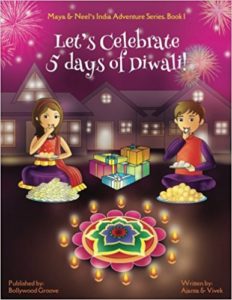


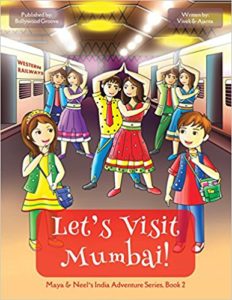
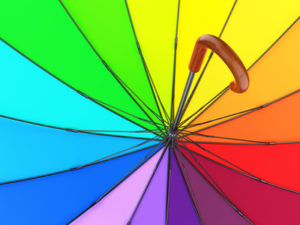
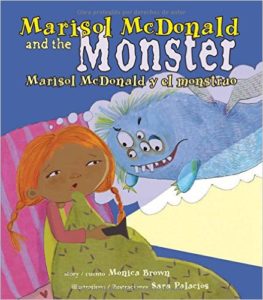
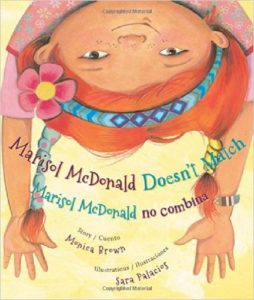 Sara Palacios won a Pura Belpré Illustrator Award Honor for her drawings in
Sara Palacios won a Pura Belpré Illustrator Award Honor for her drawings in 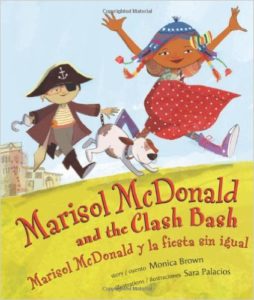
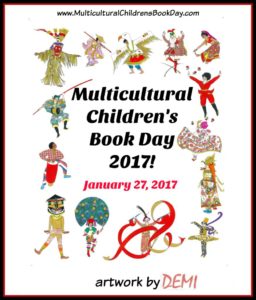
 Faith Ringgold has written and illustrated many important books. Some have won the Coretta Scott King award for illustration and one was named a Caldecott Honor book. They tackle a variety of important historical and cultural themes. Hers is a powerful and courageous voice.
Faith Ringgold has written and illustrated many important books. Some have won the Coretta Scott King award for illustration and one was named a Caldecott Honor book. They tackle a variety of important historical and cultural themes. Hers is a powerful and courageous voice.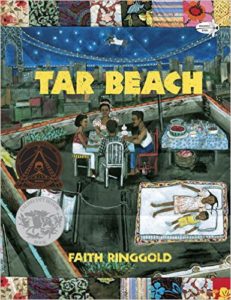 Her stunning work is unique and distinctive, full of brilliant color. Many contain quilt-like motifs which underscore the sense of diverse fragments coming together to create something of beauty and value that exceeds the individual elements.
Her stunning work is unique and distinctive, full of brilliant color. Many contain quilt-like motifs which underscore the sense of diverse fragments coming together to create something of beauty and value that exceeds the individual elements.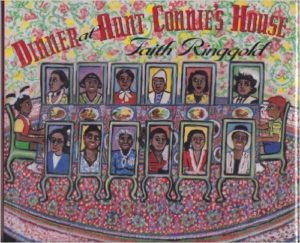
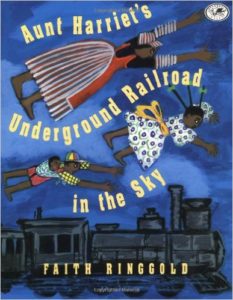 In
In

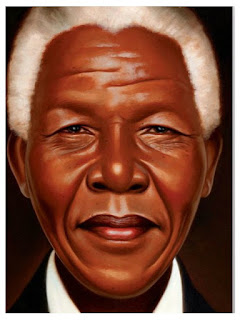




 by Marguerite W. Davo introduces us to a multi-racial family; Mom is black and dad is white. Told through a young girl’s words, the reader learns various ways she is a blend of the differences between her parents: race, personality, size, music preferences, etc. For example, Dad’s got a taste for rap. Mom prefers ballet. Mom bustles. Dad strolls. Mom enjoys African art while dad likes Modern Art.
by Marguerite W. Davo introduces us to a multi-racial family; Mom is black and dad is white. Told through a young girl’s words, the reader learns various ways she is a blend of the differences between her parents: race, personality, size, music preferences, etc. For example, Dad’s got a taste for rap. Mom prefers ballet. Mom bustles. Dad strolls. Mom enjoys African art while dad likes Modern Art.



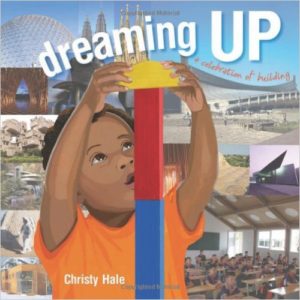 Dreaming UP: A Celebration of Building
Dreaming UP: A Celebration of Building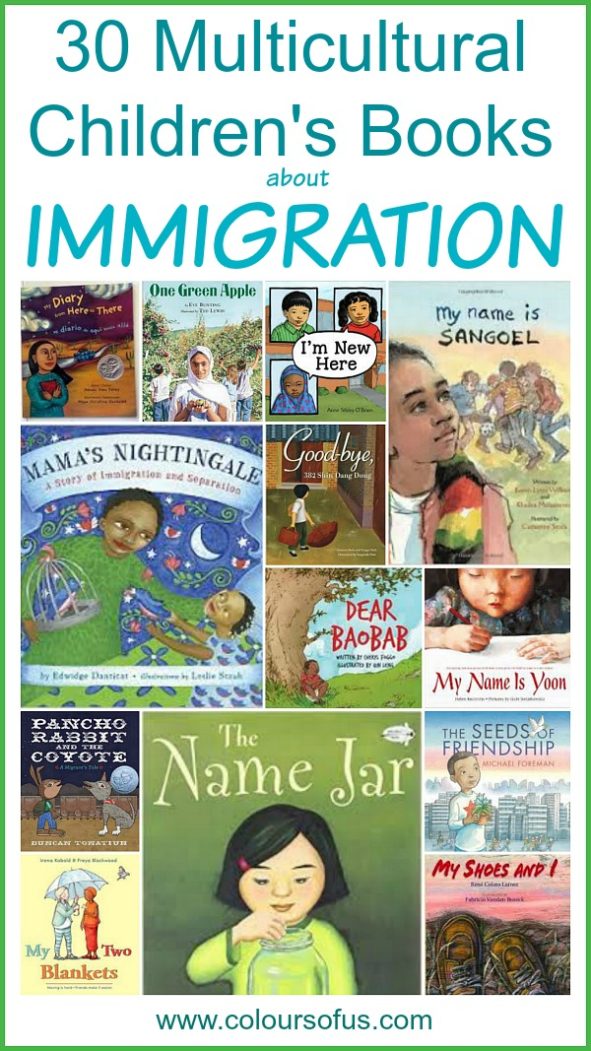
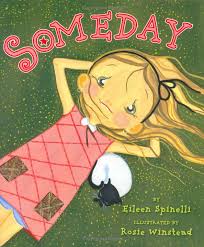
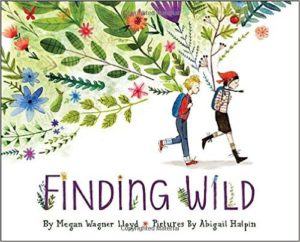
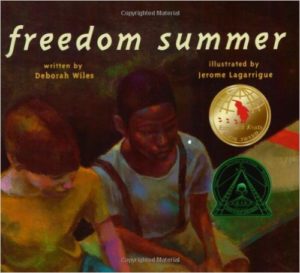
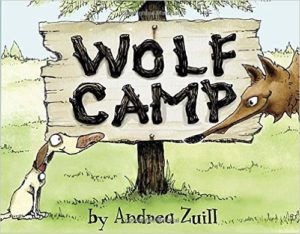
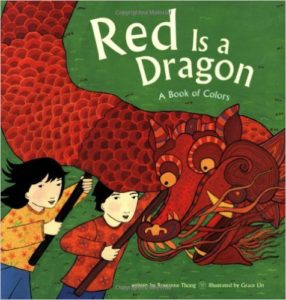
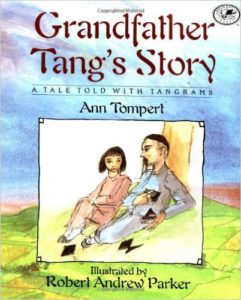
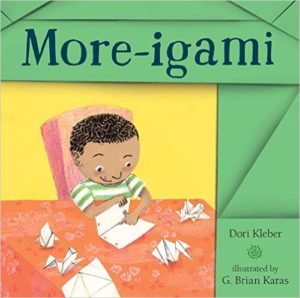

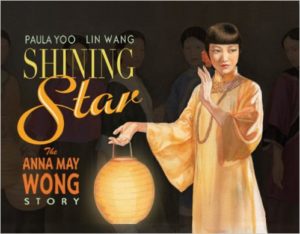 Shining Star: The Anna May Wong Story
Shining Star: The Anna May Wong Story 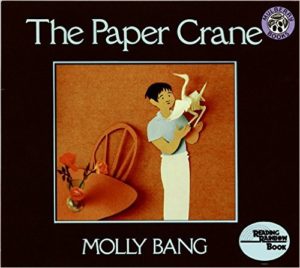
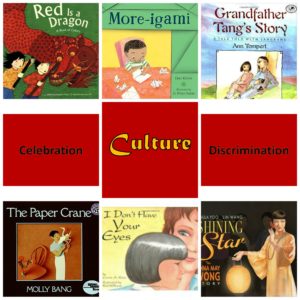

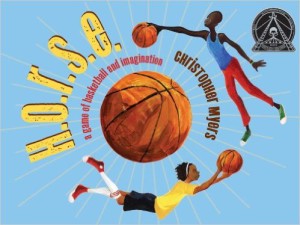
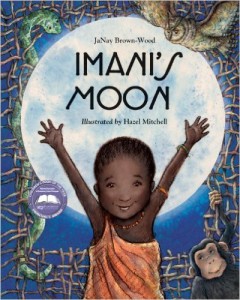

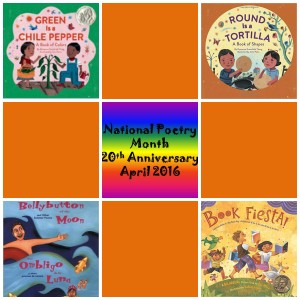 Both
Both 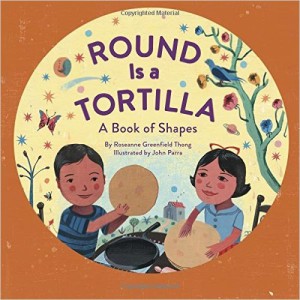 Both
Both 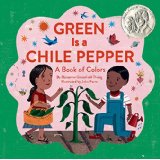 Similarly,
Similarly, 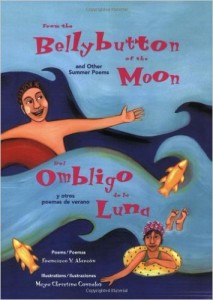 Alarcón’s
Alarcón’s  Spring officially arrived on March 20, 2016. With the return of warmer temperatures, new plant life and longer days our hearts lift. Good thing, because in today’s political climate optimism and collaboration are in short supply. Today we review four books sure to rekindle our spirits and to remind us that we share more in common than not. We rededicate ourselves to seeing the humanity in others. Through that lens, we seek to build a better world for ourselves and the people we love.
Spring officially arrived on March 20, 2016. With the return of warmer temperatures, new plant life and longer days our hearts lift. Good thing, because in today’s political climate optimism and collaboration are in short supply. Today we review four books sure to rekindle our spirits and to remind us that we share more in common than not. We rededicate ourselves to seeing the humanity in others. Through that lens, we seek to build a better world for ourselves and the people we love.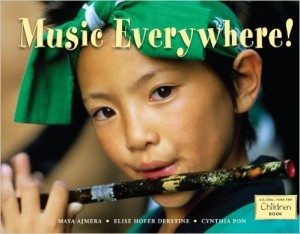
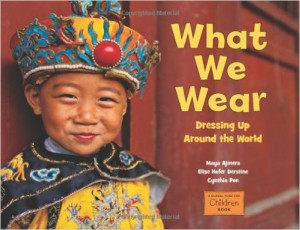 Also written by Maya Ajmera, Elise Hofer Derstine and Cynthia Pon,
Also written by Maya Ajmera, Elise Hofer Derstine and Cynthia Pon, 